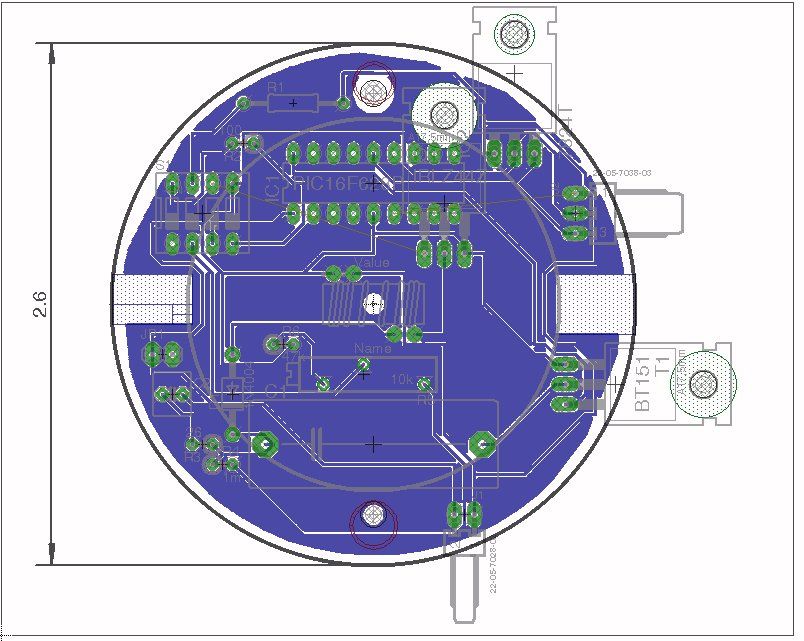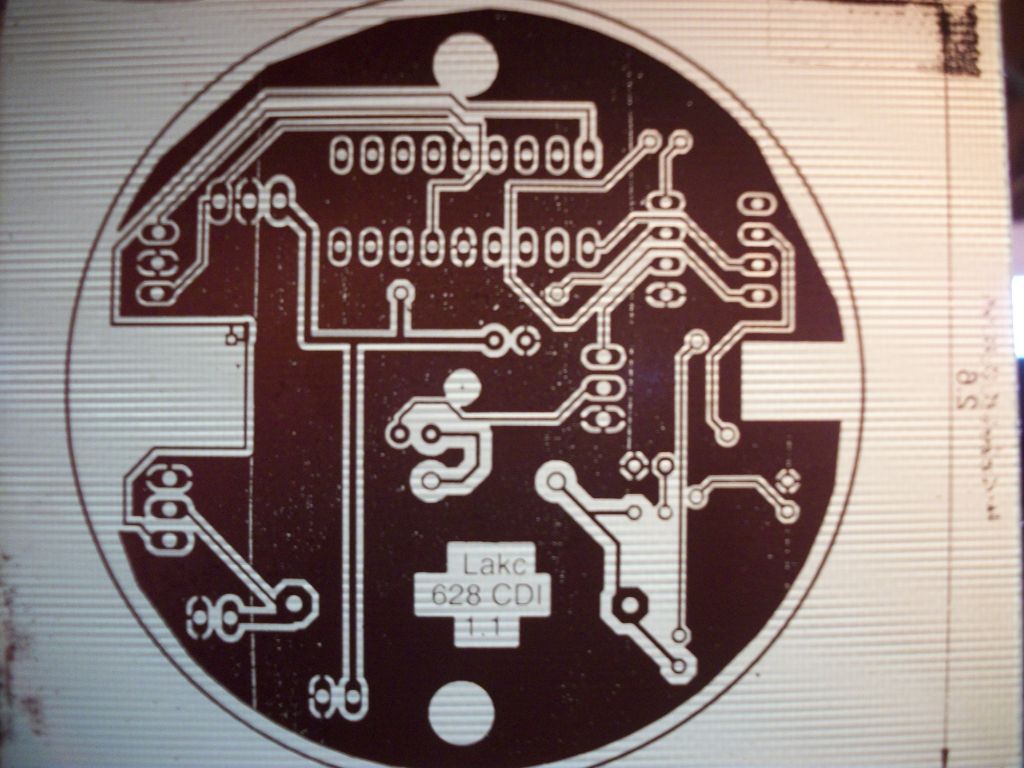Lakc
Well-Known Member
The weekend before Autorama is the busy time. A good friend of mine has a sheet metal shop, and gets a significant amount of last minute business up until Wed night for move in.. Of course, he got more of it when we were building his cars to that same deadline. 
Lest I digress too much about old racing days, which are much better conversations to have in person over an adult beverage, tonight's goal is to have MkII soldered together on a pair of circuit boards. Debugging is basically done and board design for emf protection is next.
MkI is still available for trials if you have an itch. Sat afternoon I have an engagement but remainder of weekend is for getting things accomplished. 96/Inkster.
Lest I digress too much about old racing days, which are much better conversations to have in person over an adult beverage, tonight's goal is to have MkII soldered together on a pair of circuit boards. Debugging is basically done and board design for emf protection is next.
MkI is still available for trials if you have an itch. Sat afternoon I have an engagement but remainder of weekend is for getting things accomplished. 96/Inkster.


















![DreamPlan Home Design and Landscaping Software Free for Windows [PC Download]](https://m.media-amazon.com/images/I/51kvZH2dVLL._SL500_.jpg)




















































